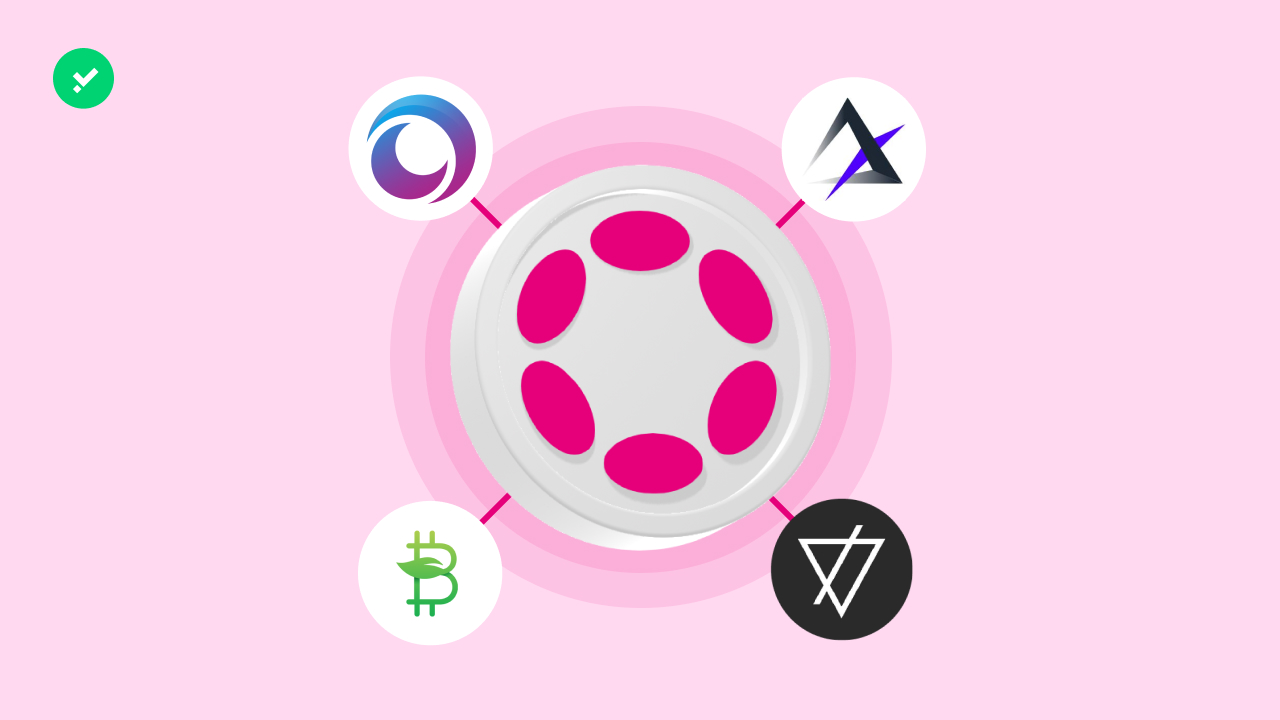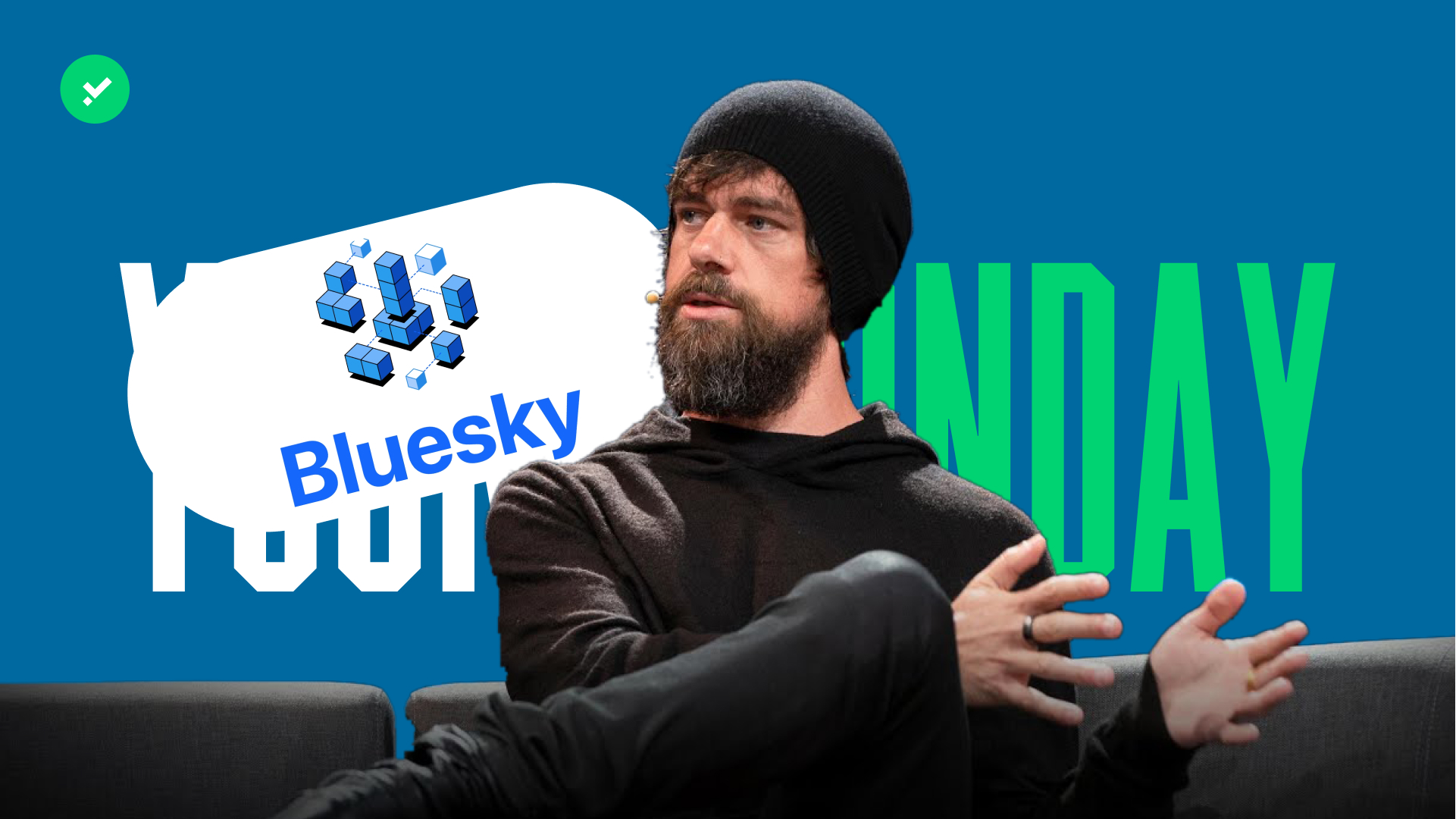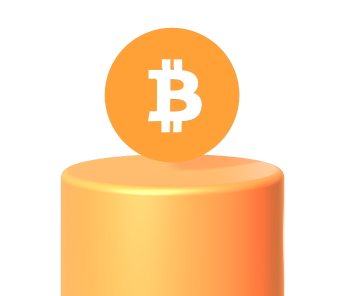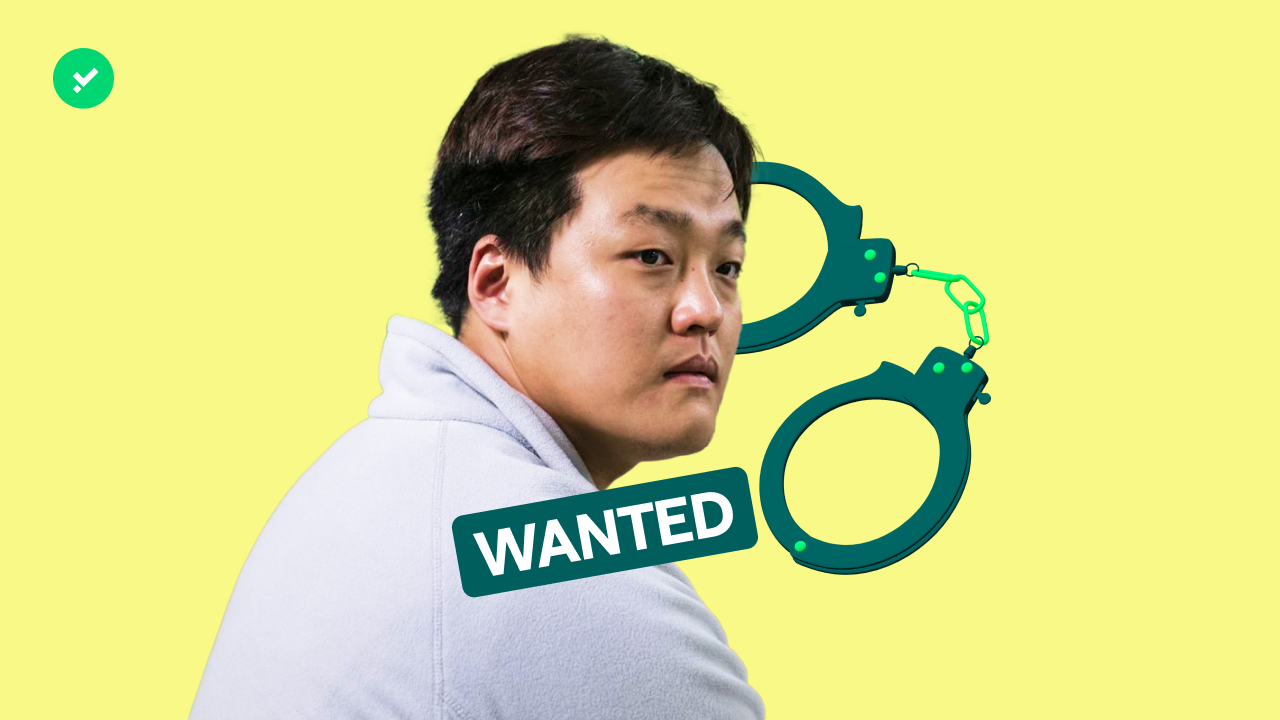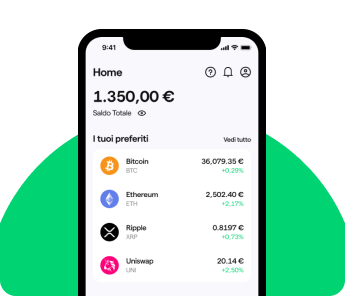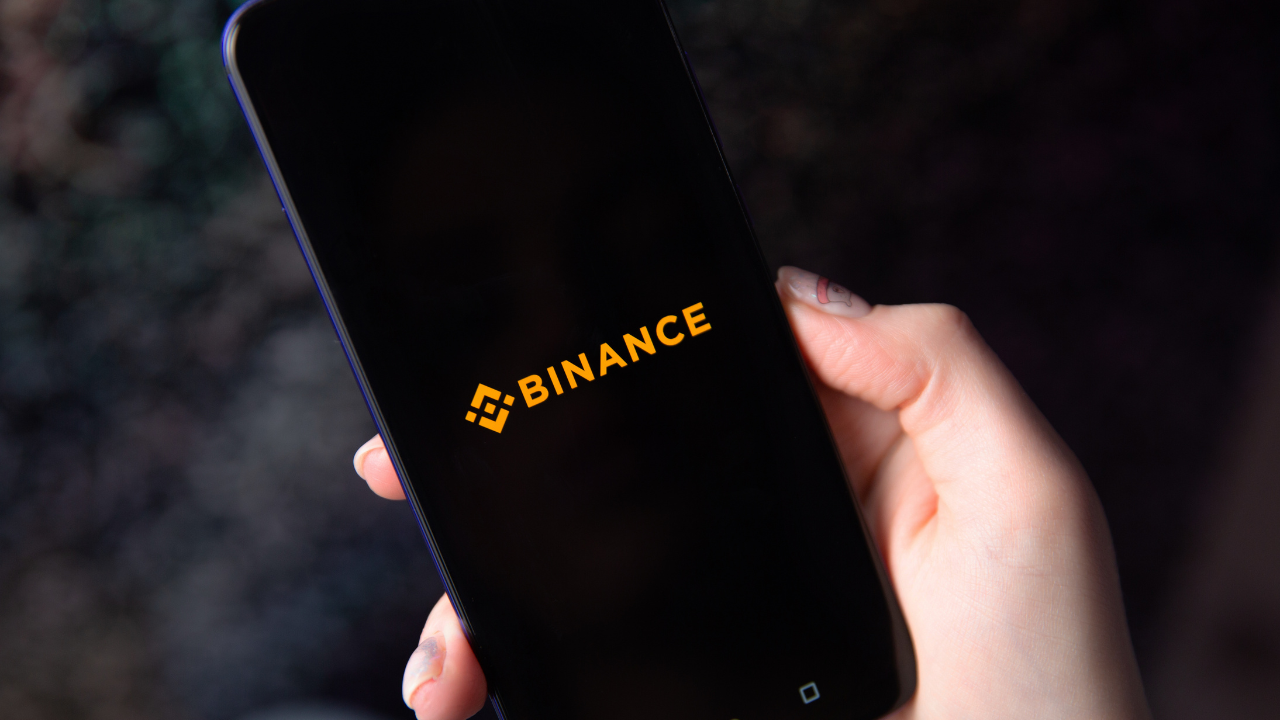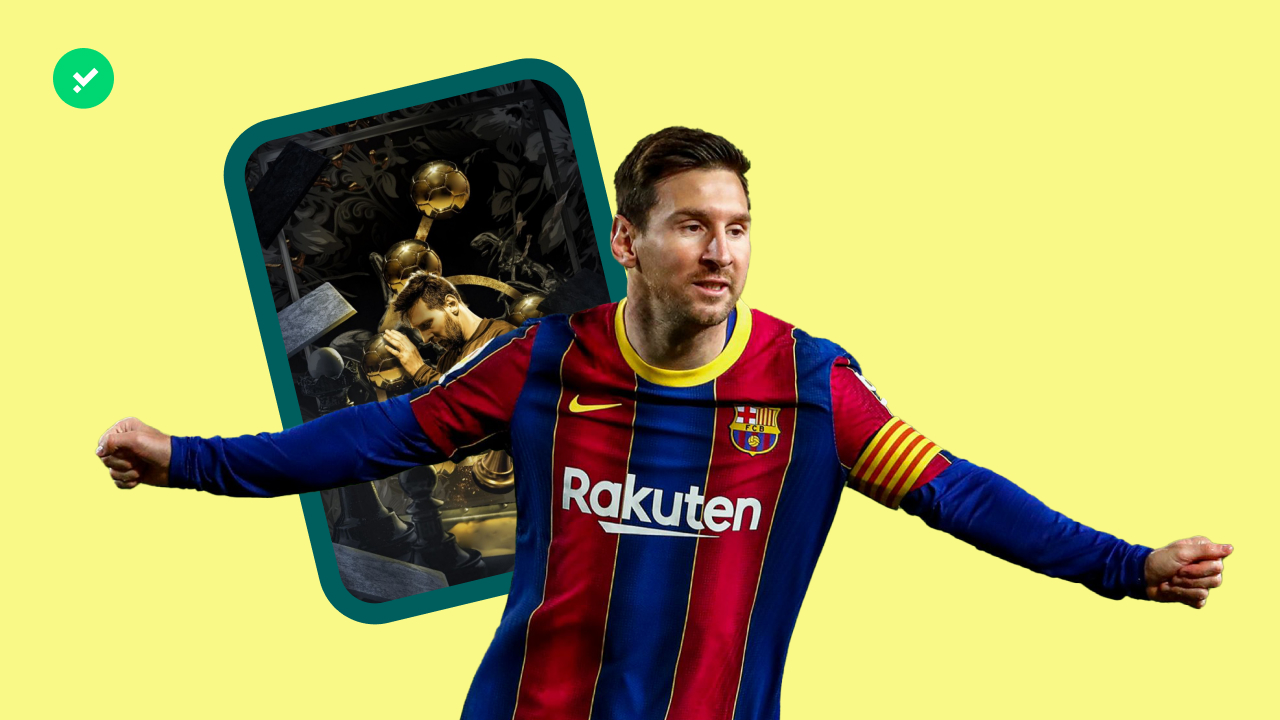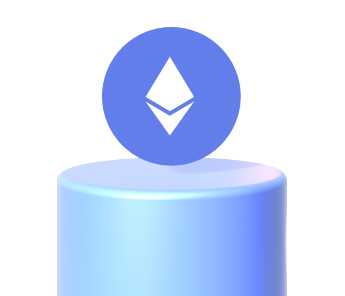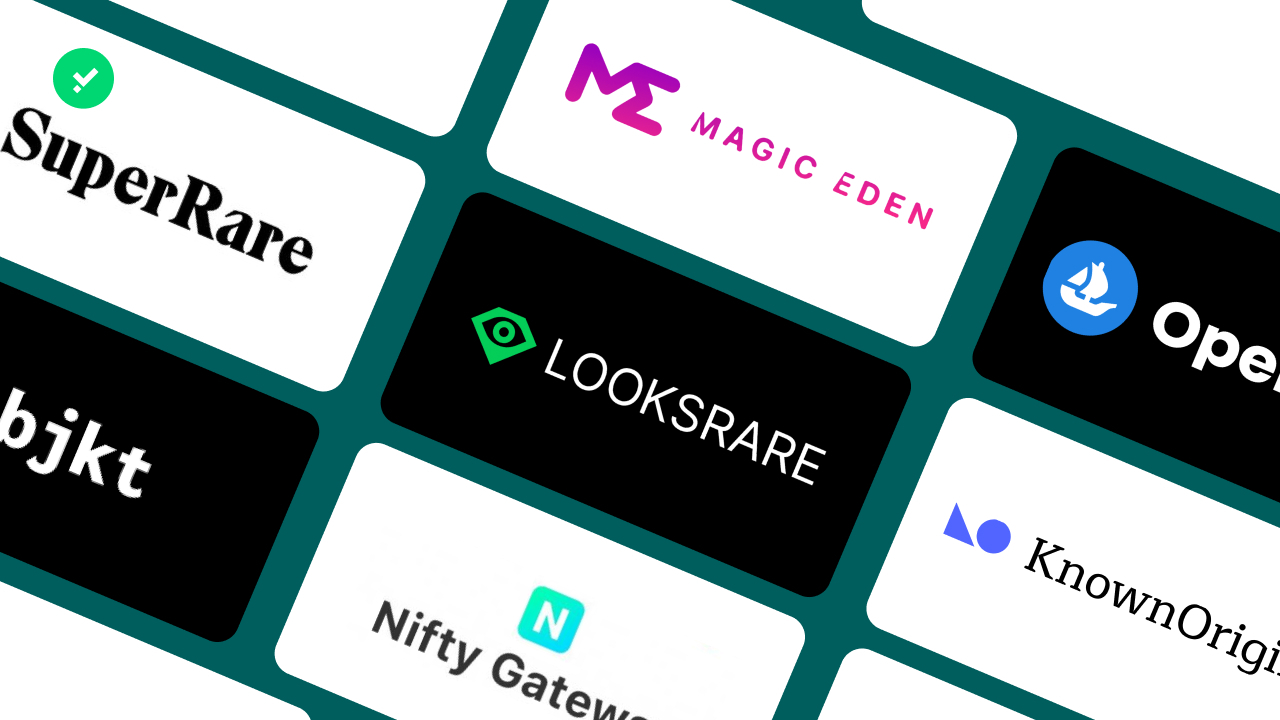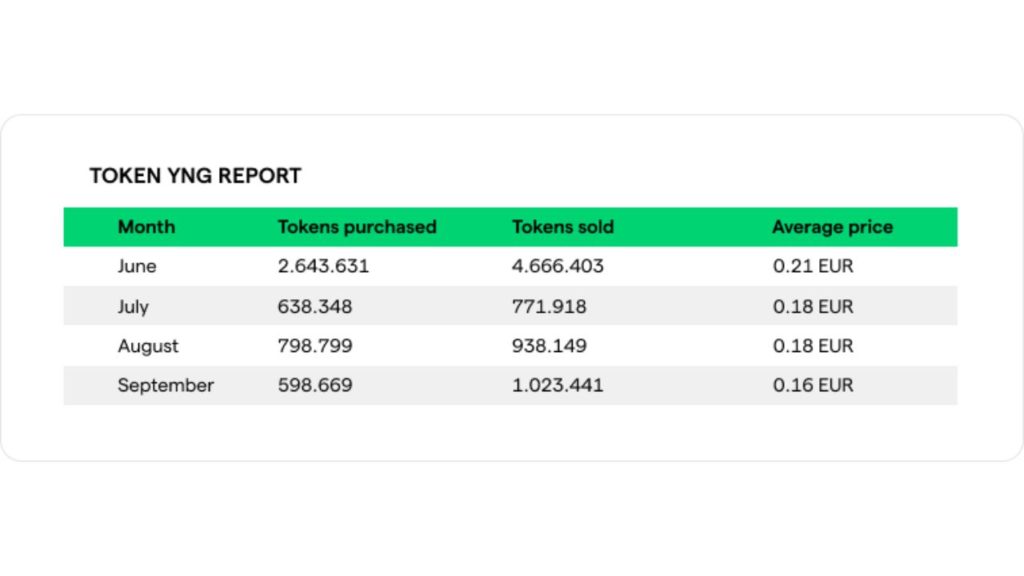Which latest projects won Polkadot’s parachain auction? There are four of them and they will be active in the Relay Chain from October 2022. Find out what they are all about!
Almost a year after the launch of the first parachain auctions on Polkadot, the Dotsama (Polkadot + Kusama) ecosystem is experiencing the peak of its technological development. According to GitHub data, more than 500 programmers per day were working on Polkadot’s infrastructure in September 2022. Polkadot’s developers, together with those of Ethereum and Cosmos, are the most active in the industry. At the end of September, the Polkadot team released an updated roadmap presenting upcoming features, including the launch of paratherads, i.e. blockchains that pay for the use of Polkadot’s Relay Chain without participating in auctions. In total, 30 auctions have taken place already and there are 27 active parachains on Polkadot (41 on Kusama). Let’s look at the four projects that won the auctions for Polkadot parachains between the end of August and the beginning of October 2022.
What are parachain auctions on Polkadot?
Parachain auctions on Polkadot are ‘sales’ of slots on the Relay Chain. Polkadot is a multichain ecosystem that offers its infrastructure to build blockchains with specific use cases. Projects that win one of the slots can develop their own blockchain idea using the core network for the consensus mechanism and security, becoming parachains for all intents and purposes. These are ‘candlestick’ auctions, i.e. auctions that end at a random time during a period of about a week. At the end of the auction, the project that has collected the most DOT, the Polkadot coin, wins. To participate in the auctions, various projects bid by locking in DOT (bonding) collected internally within the project or through crowdloans among the community. The slots on Polkadot last for a maximum of 2 years (96 weeks). After the end of the period, the DOTs in bonding are released and are made available again to the project that had initially blocked them.
1. Aventus Network
Aventus Network won the 26th auction for Polkadot parachains by raising 200,000 DOT (approximately $1.2 million). It is a blockchain founded in 2016 with the aim of making decentralised services on Polkadot and Ethereum accessible to companies that want to include them in their customer offerings. Aventus Network thus proposes the development of NFTs, video games, loyalty programmes, event tickets, and supply chain management. One of the projects already using Aventus Network to manage its tokenomics and blockchain transactions is FruitLabs, the social network for gamers. On FruitLabs, gamers get PIP token rewards when they share their gameplay.
2. Watr
The winner of Polkadot’s 27th parachain auction was Watr, a blockchain that wants to introduce a method to market a ‘new class of ethical commodities’. By definition a ‘commodity’ is a raw material e.g. oil, coal, sugar. Watr was created to make commodity trading ethical and tracked via blockchain. The services this new parachain wants to offer are the tokenisation of non-digital assets (real world) and management of production chains. Watr’s project is still in its infancy: the whitepaper is in the works these days as well as the tokenomics of their WATR token. The mainnet is scheduled to launch in January 2023. To win its slot, Watr raised 125,224 DOT ($778,893) at auction.
3. OAK Network
OAK Network, with OAK standing for On-chain Autonomous Kernel, is the winning parachain of the 28th auction with 149,998 DOT in bonding ($932,990). OAK Network’s target sector is DeFi. Specifically, the project wants to build tools for ‘event driven’ automated payments and trading: ‘one of the great opportunities of blockchain technology is the concept of “programmable money”. The ability for entrepreneurs to create, trade and use digital assets globally will likely have the same impact as when people were able to create and consume information globally through the web’. According to the OAK team, this opportunity is not adequately exploited because “today most transactions on the blockchain are simple one-off events”. What OAK is aiming for is to create a DeFi hub to enable buying and selling transactions at certain prices or events as well as recurring transactions. In a nutshell, it is about creating tools for automated trading. Before offering itself as a parachain on Polkadot, OAK network tested its chain with the Turing Network project, a parachain on Kusama.
4. Bitgreen
The fourth new project that will be operational on Polkadot from October is Bitgreen. Already from its name, you can guess the distinct environmental vocation of this parachain. Bitgreen wants to offer itself to NGOs and Web3 projects to support important sustainability initiatives on topics such as renewable energy, forest conservation and the development and support of local communities. For example, Bitgreen enables the creation and trading of carbon credits.
Together with Sequester, another project that aims to provide tools to minimise the environmental impact of the Dotsama ecosystem, Bitgreen suggested to turn the parachains’ micro-fees into carbon credits. This initiative aims not only to make Polkadot’s ecosystem neutral but also positive in terms of its environmental footprint.
Bidding for the Polkadot No. 30 parachain auction is active from the 18th of October (17:53 UTC) for approximately five days. The winning project will win a slot on the Relay Chain usable from the 20th of November 2022 to the 25th of September 2024.


